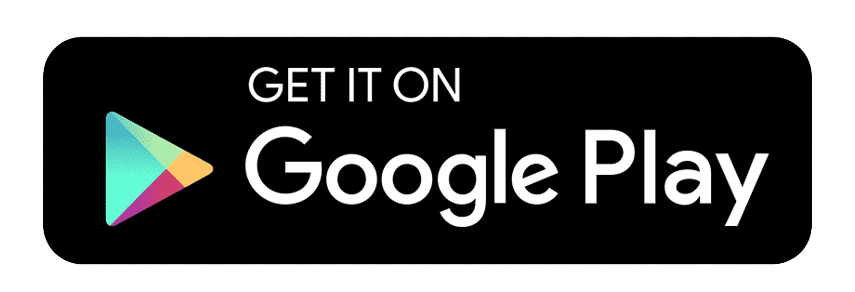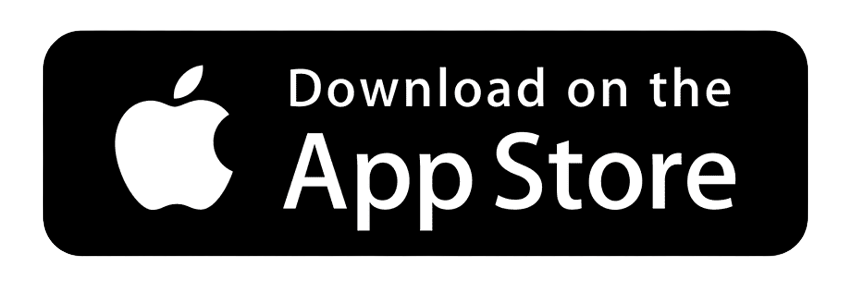
Discover the largest Sign Language translation platform in the world
We have translated nearly 2 billion words since the Hand Talk Plugin was launched in Brazil.
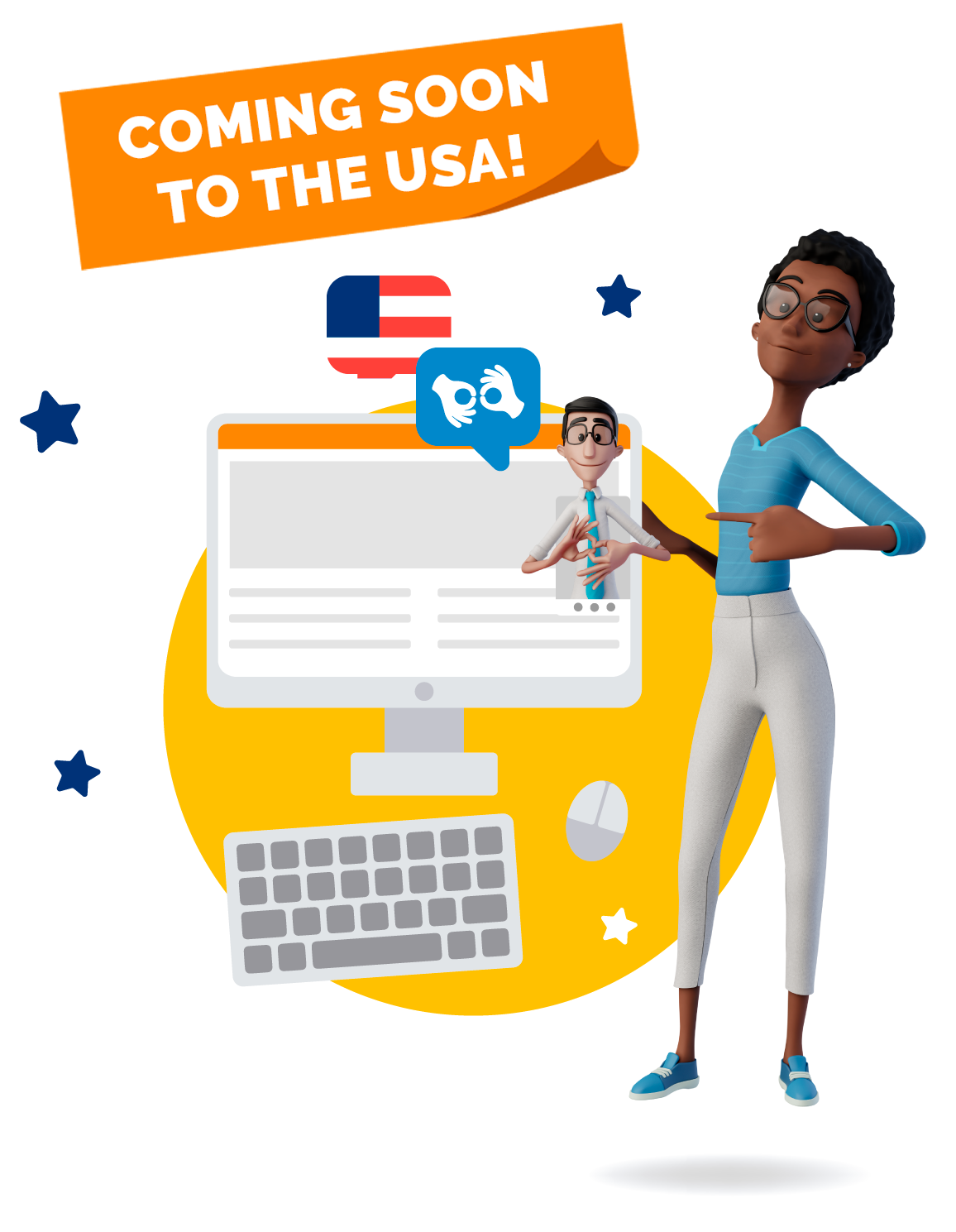
Learn what some of our clients have to say about our technology
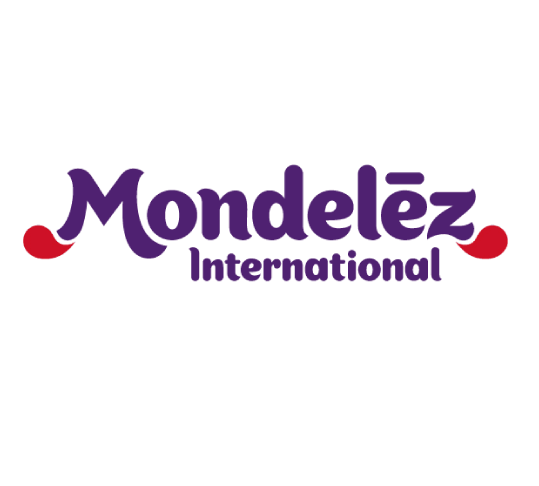
“Providing accessibility is in our Diversity & Inclusion journey. As we always want to grow closer to our customers, there is no other way to break down that communication barrier with deaf people”.communication barrier with deaf people.”
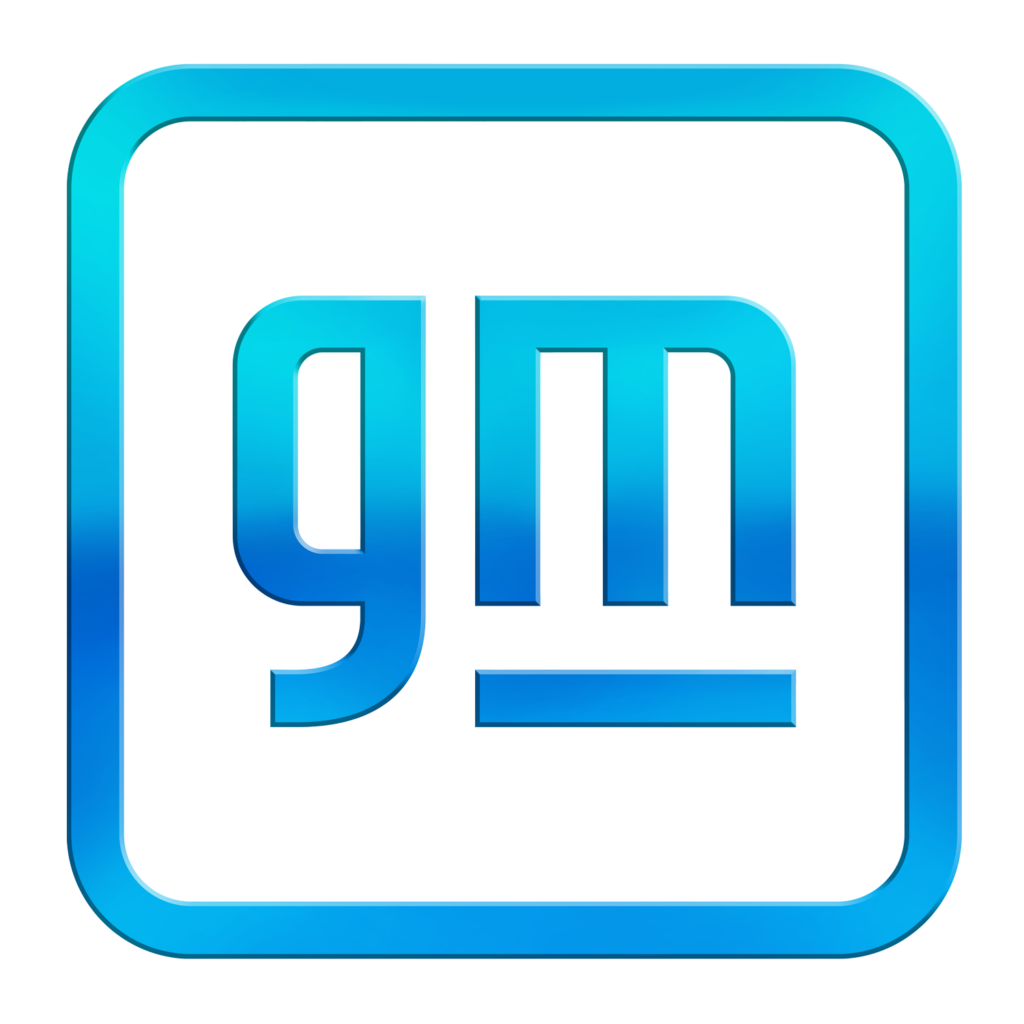
“We brought the virtual translator Maya to our team as part of our journey to be the most inclusive company in the world. We have many deaf people working with us and now we get to offer this service to our clients.”
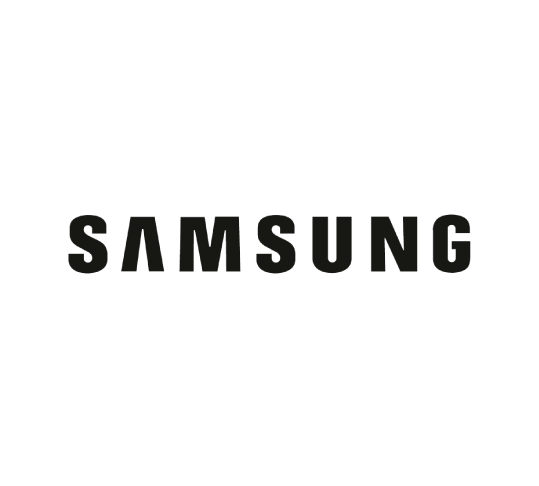
“With the Hand Talk Plugin, along with some of our other inclusion actions, we are able to expand our service possibilities, elevating the quality and experience of our customers while promoting accessibility to all.”
Meanwhile, download the Hand Talk App for free and start learning a new language today!
Awarded by the UN as the “best social app in the world”
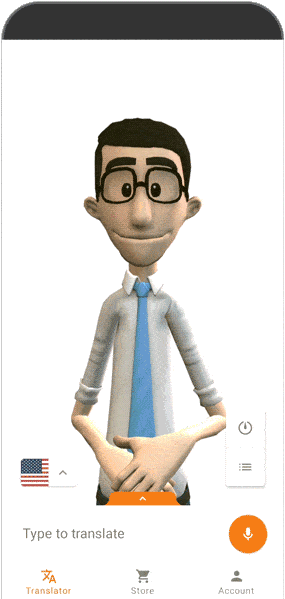
A few reasons why you should use the Hand Talk App today

Communicate quickly and effectively
Have your pocket translator available whenever you need it, online or offline.
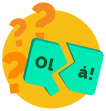
Make friends with Hugo and Maya
80% of deaf people communicate only in Sign Languages. Open doors to millions of people starting with ASL or Libras (Brazilian Sign Language).

Learning a new language can be fun
Use your free time to learn a new Sign Language in a fun way with Hugo or Maya.

Hand Talk App is a powerful tool
Use the App as a resource in the classroom, with family and friends, or just to improve your vocabulary.
Curiosities
It is common to see some classic mistakes about the deaf community, especially when you are just starting to learn about it now. Check out some curiosities you need to know:
There is a difference between translators, interpreters and virtual translators. Today, when referring to Hugo or Maya, we use this nomenclature.
If you thought this term was offensive, you are mistaken. It is the way they prefer to be called. On the other hand, using deaf-mute is wrong, deaf people have a voice and muteness is a different disability.
At some point you must have come across the term “gestures” when referring to ASL, right? While signs are how people communicate in Sign Languages, gestures are just movements people often use as part of their communicative act.
From a clinical point of view, what differentiates the deaf from the hearing impaired is the depth of the hearing loss. However, taking into consideration only the clinical perspective is not enough, since the different terms also carry an important cultural component: American Sign Language.


